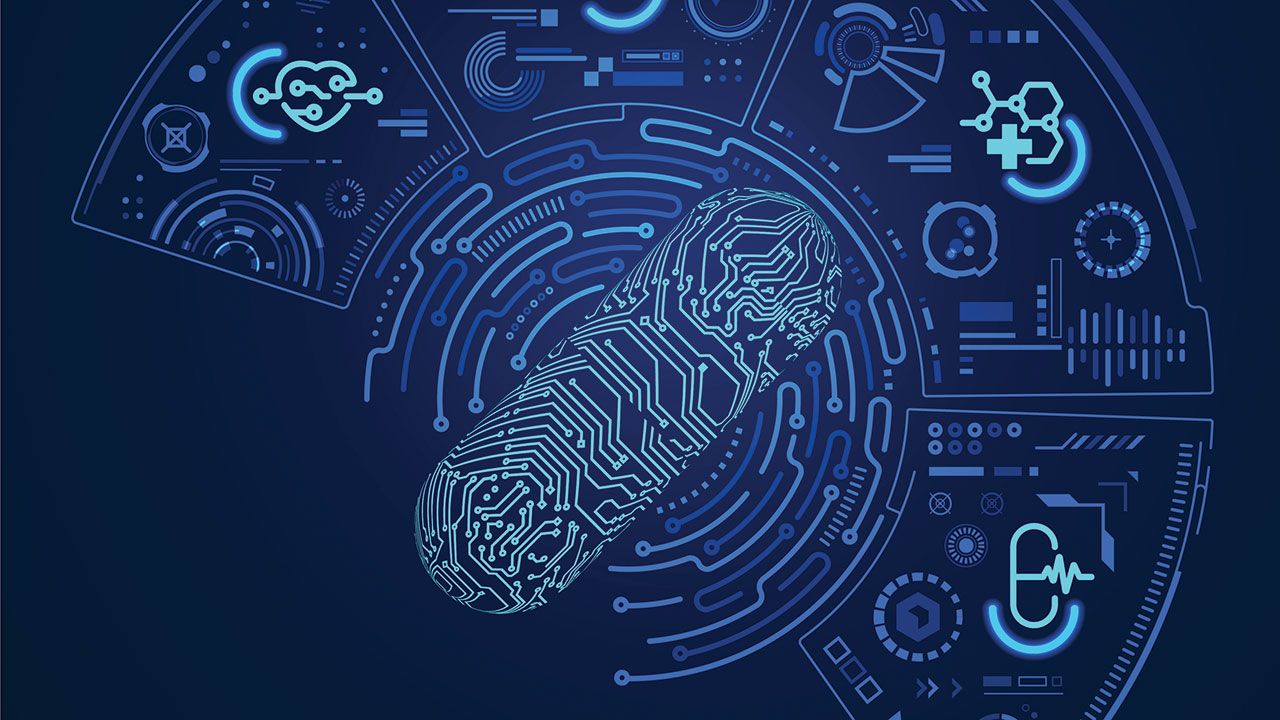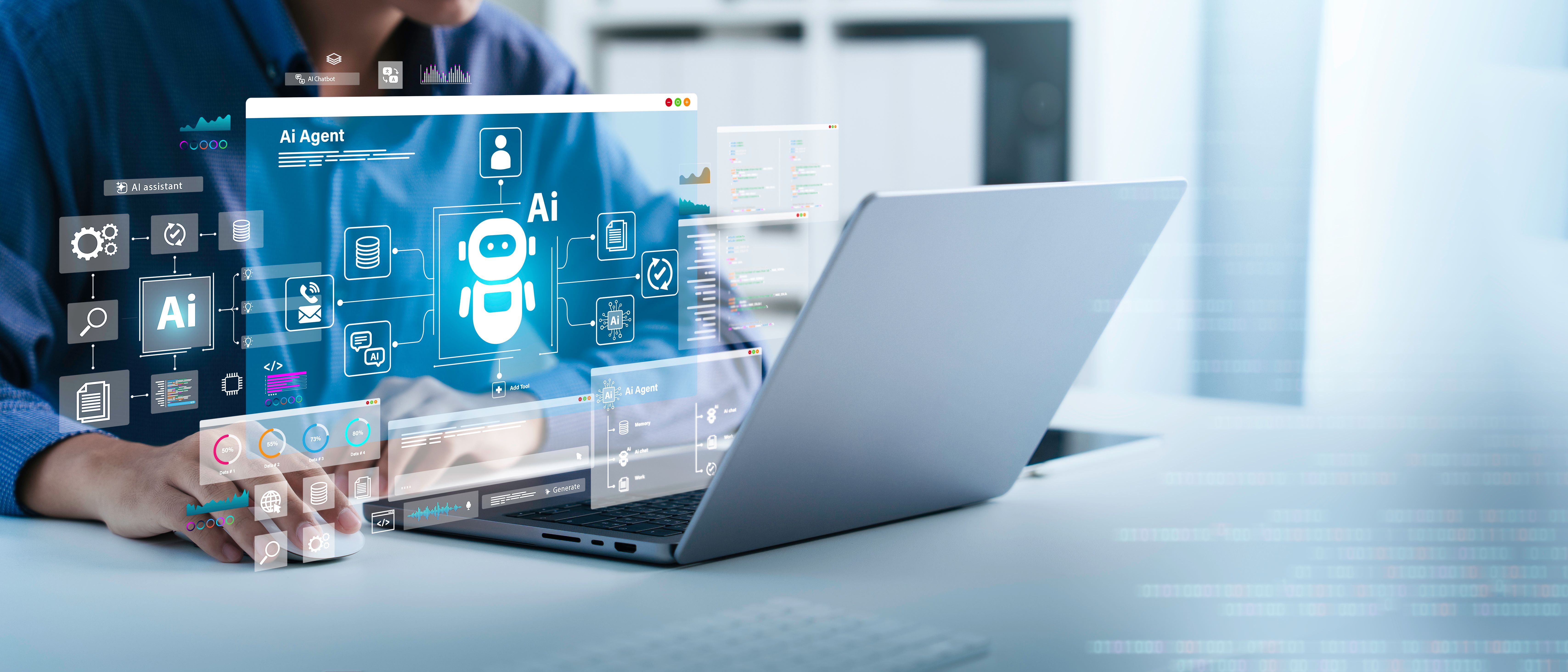Article
Pharmaceutical Technology Europe
Industry must improve sample preparation techniques
Author(s):
Sample preparation before analysis is just as important as the analytical technique because poor sample preparation alters or skews the analytical result.
Sample preparation before analysis is just as important as the analytical technique because poor sample preparation alters or skews the analytical result. Evaporative sample preparation is normally performed to concentrate low abundance analytes in solution before analysis, enabling a more accurate result to be determined. Typically samples are concentrated from a large volume to a small volume in a vacuum concentrator or by using a gas blowing system and then manually transferred to an autosampler vial. Washing and reconcentration may be required at the transfer step.
There are many areas in sample preparation that need improvements. For example, there are several disjointed techniques that require manual intervention and are therefore susceptible to operator error and recovery issues. Sometimes operator ignorance of equipment and its proper use is also a problem; in spite of high levels of training in many companies, all too often the obvious is overlooked. It is our experience that the evaporation process is merely one line in a laboratory report and attracts even less attention than the write-up gives it. The consequence of these oversights is poor quality sample preparation and inaccurate results. In the worst cases, it can lead to sample loss and/or poor recovery of analyte.
Exiting barriers
There is always a reluctance to change current practice and this reluctance is a hindrance to the uptake of new sample preparation technologies. It is the responsibility of the instrument provider to give enough reasons to overcome this hurdle and attract the scientist to adopt a new technology. Right now, money, downsizing and outsourcing issues are affecting everyone in the industry, which is making most firms reluctant to contemplate a change in instrumentation. Only a few new technologies are available and although they offer several benefits they also all have limitations depending on the exact application. Two technologies spring to mind. The first, the AccuPrep (Antec GmbH) integrates GPC clean up, evaporation with automated liquid handler based sample transfer between stations and into the final analysis vial. This works well where samples are very crude and must be cleaned up before concentration. However, robotics based liquid handlers are well known for not being able to transfer all the sample between vessels, so some sample will be left behind. Another new technology is Genevac’s SampleGenie for vacuum concentration, which permits a large sample to be directly into the final 2 mL autosampler vial. This provides excellent recoveries, eliminates manual handling but would not be suitable for use with a crude extract.
Worries about downsizing and outsourcing will be resolved in time and the reluctance to consider new sample preparation technologies should also follow. Ultimately, recent innovations in sample preparation have made the process more time and cost efficient, and this should provide a sufficient argument for companies to invest. If the present and future perceived needs in the laboratory are covered, process improvement is continual, then the justification for change will be taken seriously.
If we consider the future of sample preparation, I predict that one-stage preparation of samples for analysis or storage that can be integrated into the workflow of the laboratory will feature strongly. Given the outsourcing model pursued by many pharmaceutical companies, this will mean a high degree of standardisation across the industry.
Newsletter
Get the essential updates shaping the future of pharma manufacturing and compliance—subscribe today to Pharmaceutical Technology and never miss a breakthrough.



